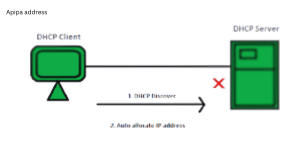The Ultimate Guide to Web Safe Check: Ensuring the Security and Reliability of Your Website
Are you concerned about the security and reliability of your website? It’s crucial to prioritize web safety to protect your online assets from potential threats. In our comprehensive guide, we will walk you through the steps to ensure your website’s security and reliability. From robust passwords to regular software updates, we will cover the essential […]



